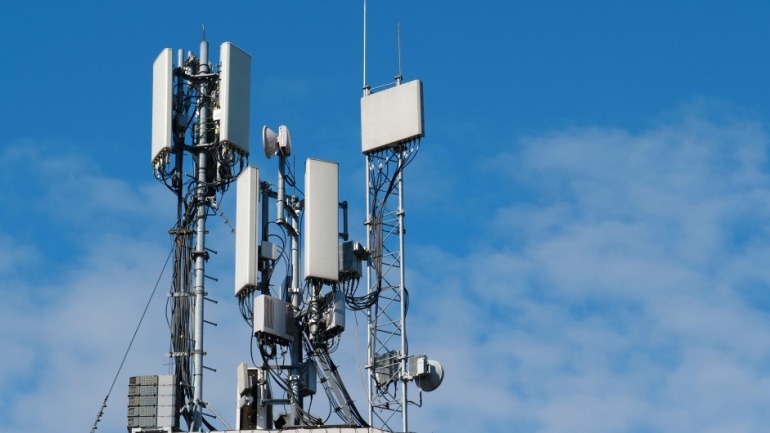Ericsson and SoftBank are advancing AI integration within Radio Access Networks (RAN). Leveraging NVIDIA’s Grace Hopper Superchip, they aim to streamline RAN functions for optimized performance.
Ericsson has partnered with Ooredoo Qatar to deploy advanced 5G technologies, including AI-driven RAN, Massive MIMO radios, and high-capacity microwave backhaul. The collaboration enhances connectivity, expands 5G coverage, and enables future 5G-Advanced integration.
Verizon’s recent 5G trial, in collaboration with Samsung and MediaTek, showcased download speeds of 5.5 Gbps using advanced carrier aggregation. This breakthrough highlights the potential of 5G technology for enhances solutions.
SoftBank and NVIDIA have made a breakthrough in AI-driven RAN technologies by successfully integrating AI with 5G networks, branding it as AI-RAN. This collaboration, highlighted during the NVIDIA AI Summit in Japan, promises to convert base stations into AI revenue assets.
BSNL is spearheading the 5G revolution in India, launching a tender for 5G infrastructure in New Delhi to cater to 100,000 users. Utilizing 900 MHz and 3.3GHz bands, BSNL aims to boost digital presence with 5G SA connectivity and fixed wireless access broadband.
The formalized partnership between Nokia and NTT DATA marks a significant shift in their approach to private 5G networks, promising enhanced connectivity and technological advancements. This collaboration focuses on leveraging Nokia’s robust radio access network infrastructure to optimize operations in smart cities, airports, and industry sectors, reflecting a promising digital future.
Spark New Zealand has chosen Nokia to expand its 4G and 5G networks, enhancing VoIP capabilities across various cities. Utilizing Nokia’s 5G AirScale suite, Spark aims to simplify operations and boost efficiency.
NVIDIA is partnering with T-Mobile, Ericsson, and Nokia to revolutionize mobile networks using AI-RAN. By leveraging the NVIDIA AI Aerial platform, this alliance aims to enhance 5G and future 6G networks. The partnership will optimize network performance and operational costs, paving the way for innovative AI-powered applications.
Nokia and Bharti Airtel’s first trial of 5G non-standalone technology in India achieved over 1.2 Gbps data throughput on Airtel’s commercial network. The trial used the 3.5 GHz spectrum for 5G, leveraging Nokia’s RAN software and advanced virtualization.
Cloud networking specialist Mavenir, in collaboration with Nvidia and Amazon Web Services (AWS), has unveiled a pioneering suite of generative AI (GenAI) solutions aimed at enhancing intelligent Radio Access Network (RAN) operations. Dubbed Operations Co-Pilot for RAN Service Assurance, this innovative platform promises to revolutionize network troubleshooting by automating fault prediction and root cause analysis.













